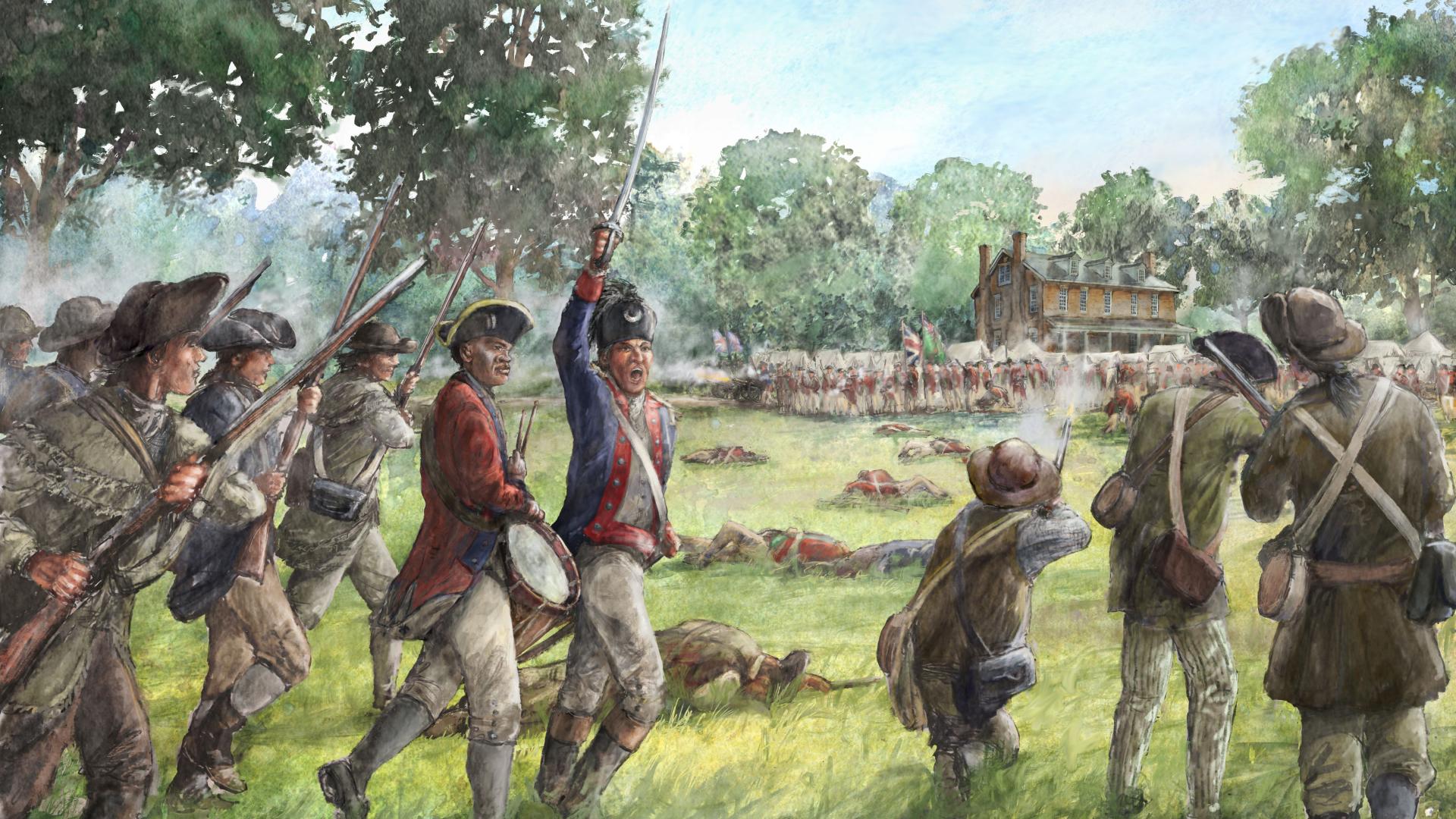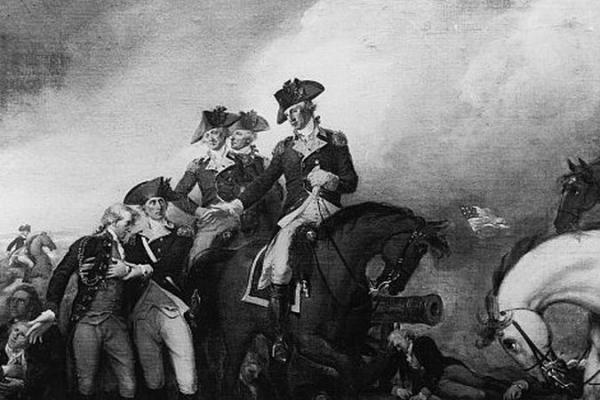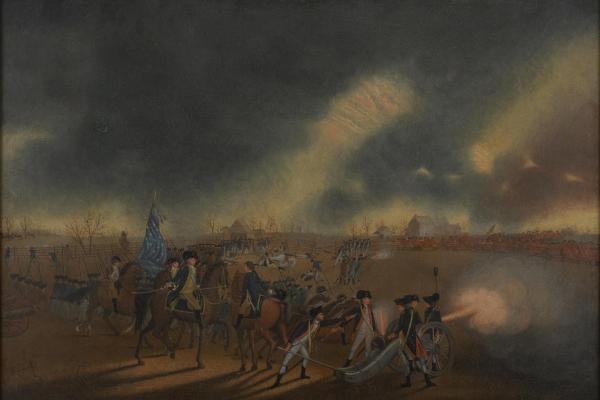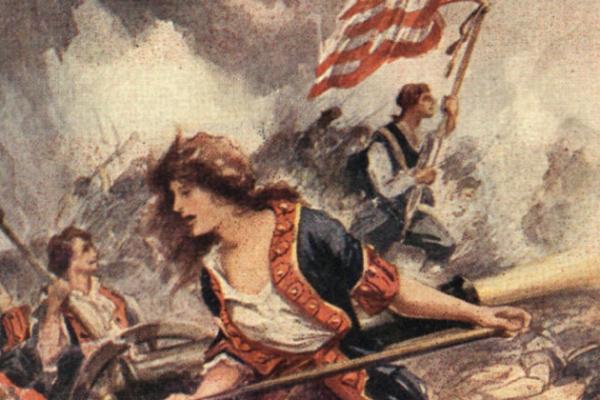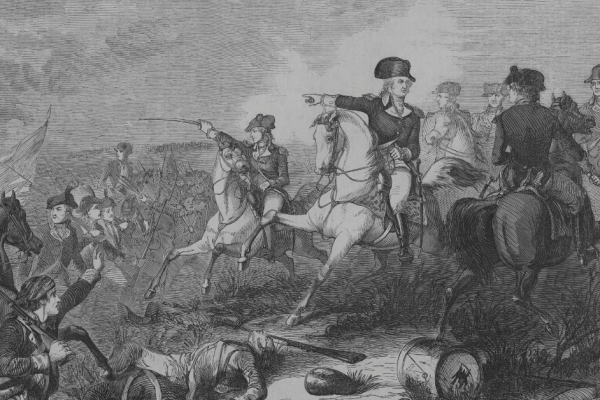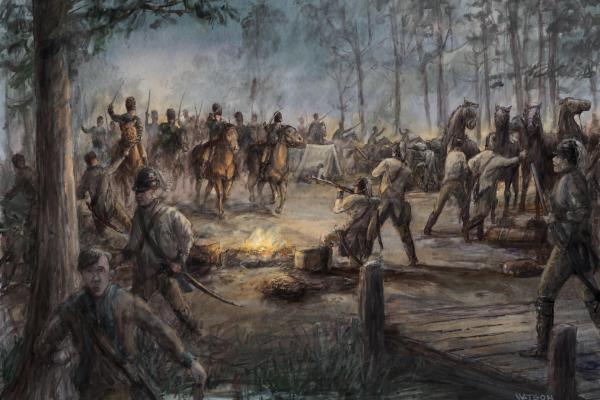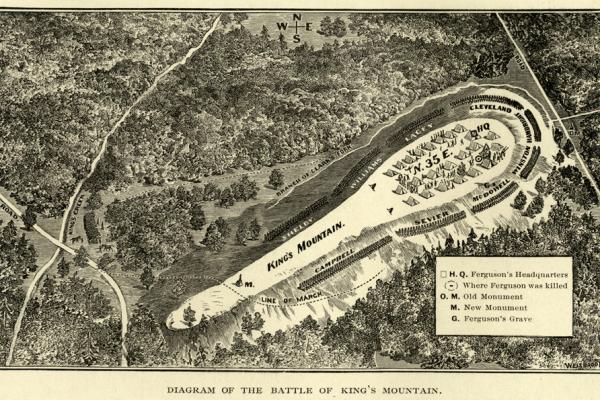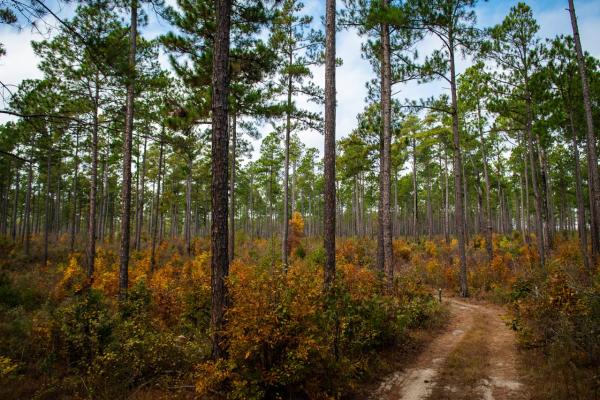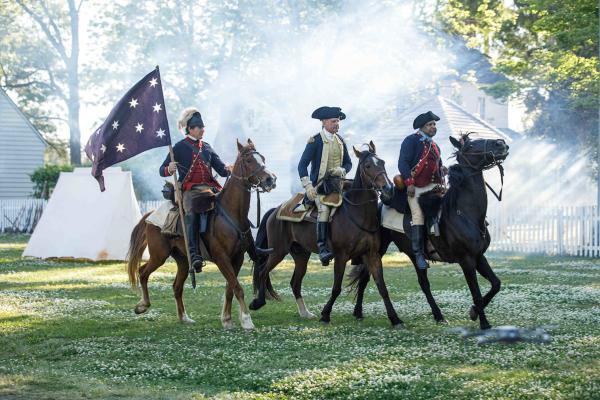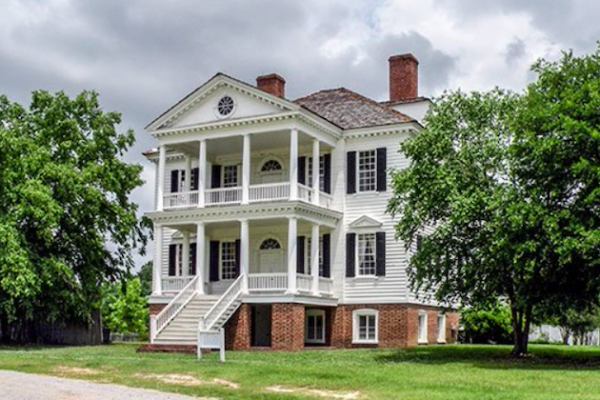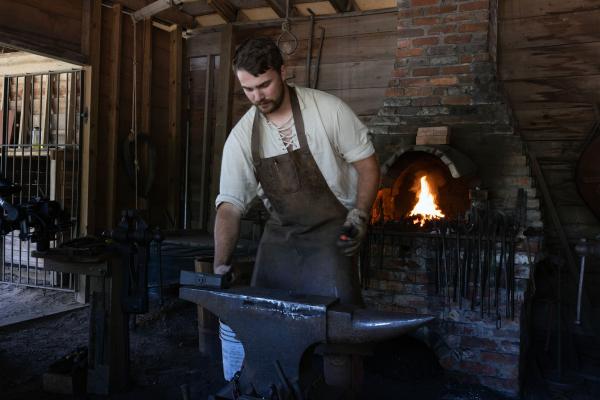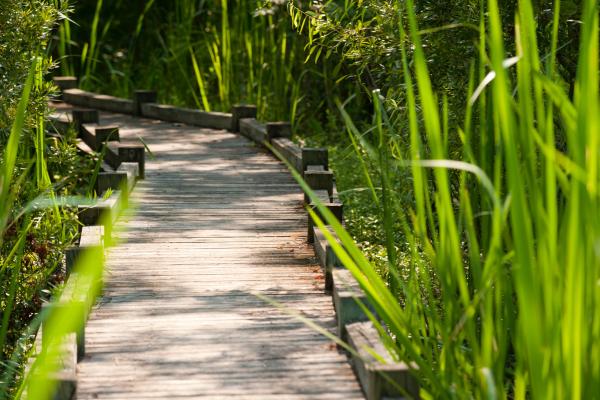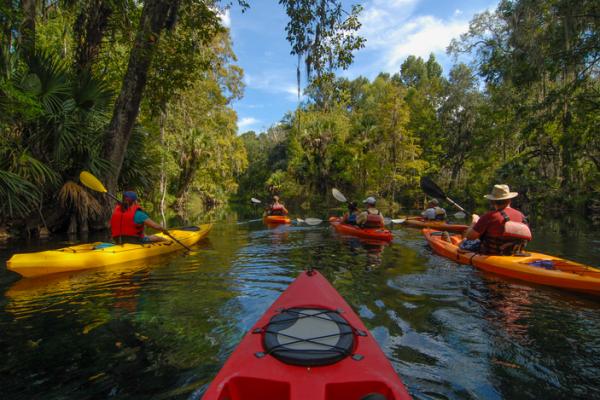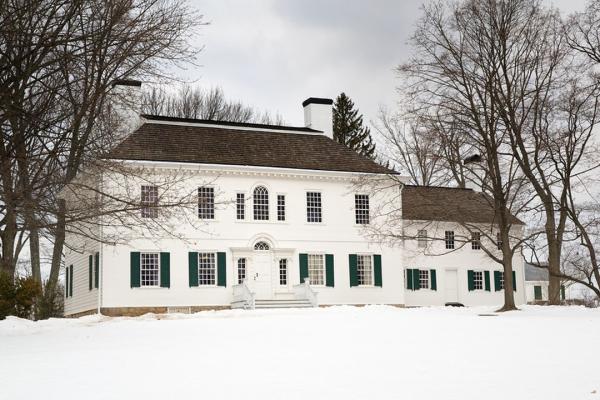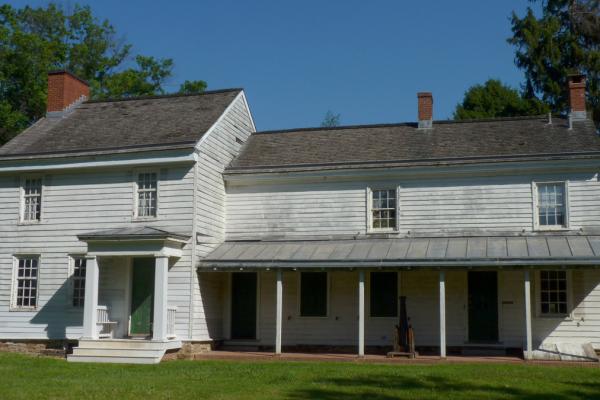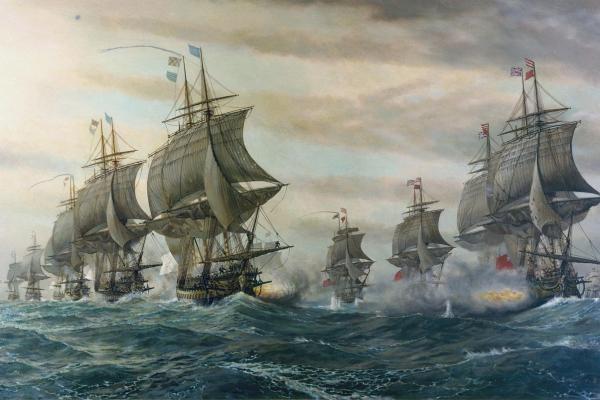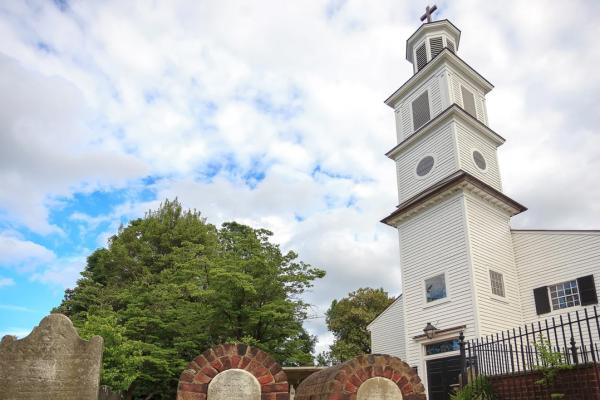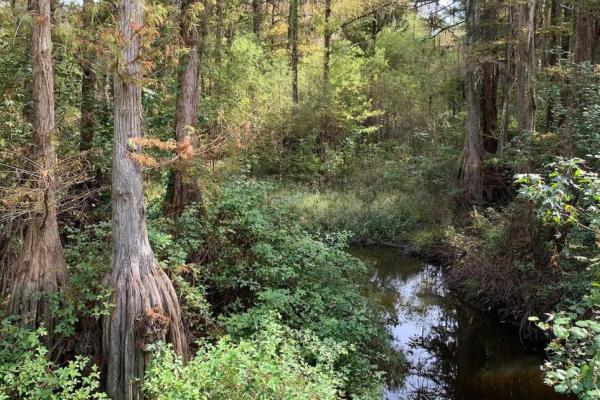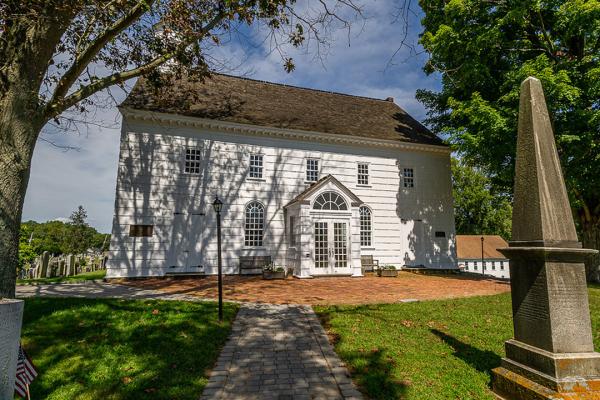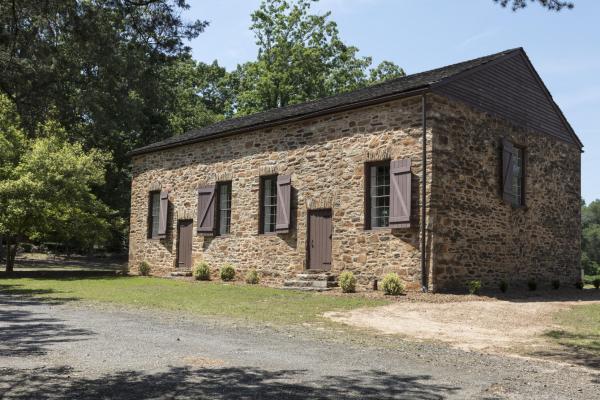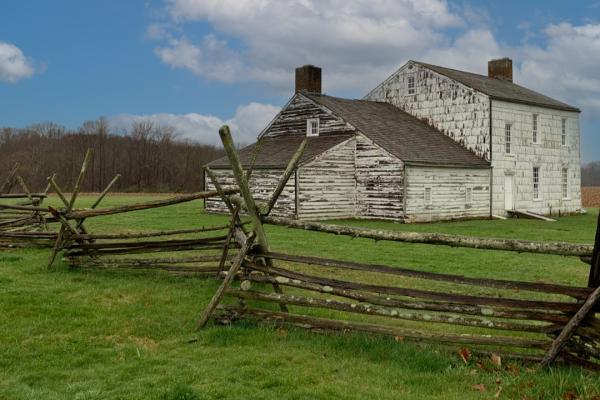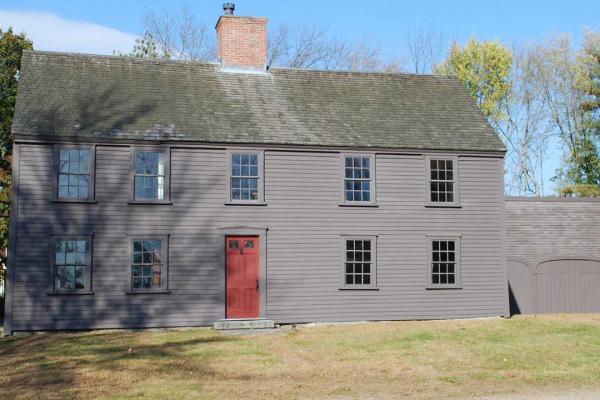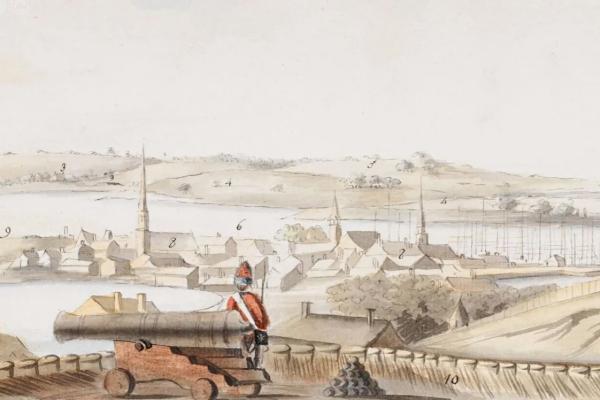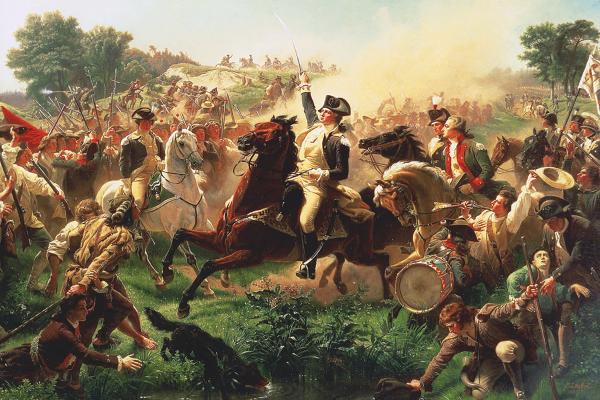The Blog |
Reposted from battlefields.org After the stunning victory at Trenton on December 26, 1776, Washington expected a British counterattack in force. He immediately crossed his men and prisoners back...
The Blog |
Reposted from battlefields.org As night fell on January 2, 1777 both armies took a breath after the daylong fighting on the King’s Highway and at Assunpink Creek. Washington had a critical decision to...
The Blog |
Reposted from battlefields.org by William R. Griffith IV Share to Google Classroom Added by 124 Educators On June 28, 1778, a vicious battle raged several miles west of present-day Freehold, New...
The Blog |
Reposted from battlefields.org by William R. Griffith IV History has not been kind to Charles Lee, the man whom George Washington referred to as “The first officer in Military knowledge and experience...
The Blog |
Revolutionary War scholars and history buffs often lament, “If only photography had been invented a century earlier!” While there is a vast photo archive of the Civil War, there is a scant amount of...
The Blog |
Reposted with permission from the Journal of the American Revolution. Written and researched by Jim Piecuch on September 12, 2024.
Uncovering History
We invite you to visit the preserved locations along the Liberty Trail and to immerse
yourself in the extraordinary events that determined the fate of a nation.
Exploring History
We invite you to visit the preserved locations along the Liberty Trail and to immerse yourself
in the extraordinary events that determined the fate of a nation.
